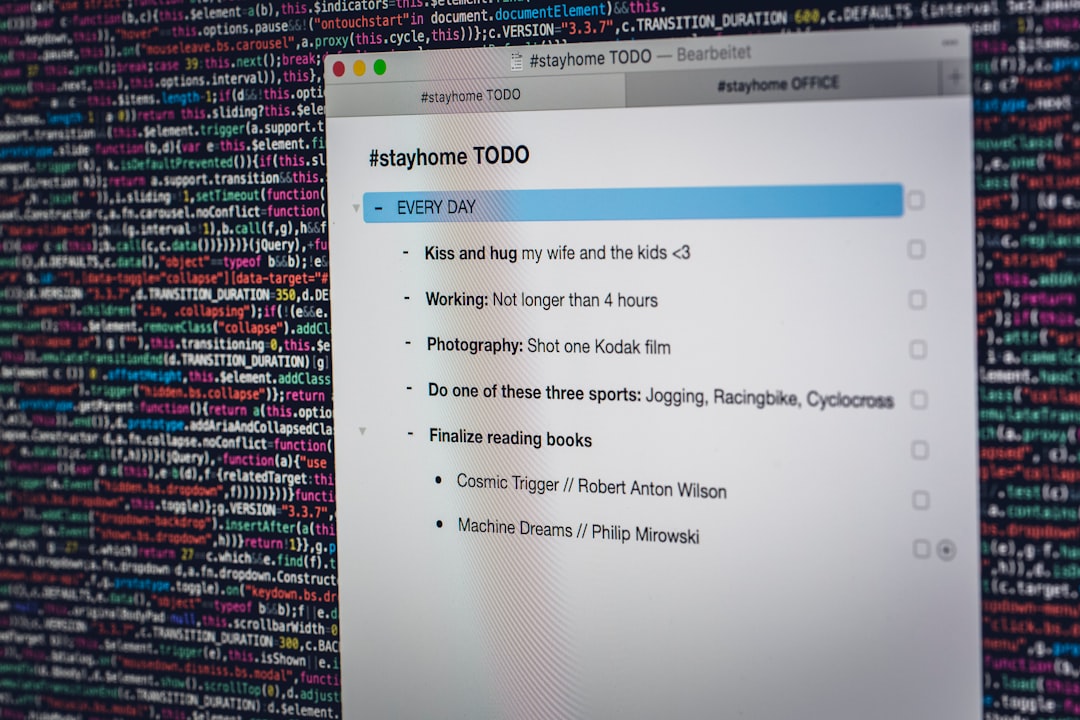
Optimizing Dev Environments for Merges with Stateful Changes Needed
In today’s fast-paced software development landscape, the ability to efficiently manage merges, especially when stateful changes are involved, is crucial. Optimizing development environments for such scenarios not only enhances productivity but also minimizes conflicts and downtime. This article delves into strategies, tools, and practices that can significantly improve the merging process in stateful applications.
Understanding Stateful Changes
Before diving into optimization strategies, it’s essential to understand what stateful changes are. Unlike stateless changes, which can be easily replicated or reverted, stateful changes involve data that persists across sessions. This could include user sessions, database entries, or configuration states. When multiple developers work on a codebase that includes stateful changes, merges can become complex and error-prone.
Challenges in Merging State Changes
Merging stateful changes presents unique challenges:
-
Data Consistency: Ensuring that data remains consistent across different environments is vital. Conflicts may arise if two developers make changes to the same data model.
-
Testing Complexity: Testing merges involving stateful changes can be complicated as it requires replicating production-like conditions, which may not always be feasible.
-
Rollback Difficulties: In case of an error, rolling back stateful changes can be more complex than reverting stateless changes.
Strategies for Optimizing Merges
1. Use Feature Flags
Feature flags allow developers to merge code while keeping new features hidden until they’re ready for deployment. This can significantly reduce the complexity of merges since features can be developed independently and toggled on or off based on the state needed.
2. Implement Robust CI/CD Pipelines
Continuous Integration (CI) and Continuous Deployment (CD) pipelines automate the testing and merging process, ensuring that stateful changes are validated before they are integrated into the main codebase. Tools like Jenkins, GitHub Actions, and CircleCI can be configured to run automated tests that mimic real-world scenarios.
# Example of setting up a CI/CD pipeline using GitHub Actions
name: CI/CD Pipeline
on:
push:
branches:
- main
jobs:
build:
runs-on: ubuntu-latest
steps:
- name: Checkout code
uses: actions/checkout@v2
- name: Set up Node.js
uses: actions/setup-node@v2
with:
node-version: '14'
- name: Install dependencies
run: npm install
- name: Run tests
run: npm test3. Adopt Containerization
Using Docker or Kubernetes can help create consistent development environments that mirror production. This way, developers can test their stateful changes in an environment that closely resembles the end-user experience, drastically reducing merge issues.
4. Maintain a Staging Environment
A dedicated staging environment allows teams to test merges involving stateful changes in a controlled setting before going live. This helps catch potential issues early and prevents disruptions in the production environment.
Current Trends in DevOps and Merges
With the rise of microservices architecture, the way stateful changes are handled has evolved. Developers are increasingly adopting a decentralized approach to state management through tools like Redux, which allows for better control over stateful changes in front-end applications.
Furthermore, the use of infrastructure as code (IaC) tools like Terraform and AWS CloudFormation is becoming standard practice. These tools enable developers to manage stateful infrastructure changes programmatically, making merges smoother and more predictable.
Case Studies
Example: Company X
Company X implemented a feature flag system combined with a robust CI/CD pipeline. By doing so, they reduced merge conflicts by 40% and improved deployment times by 30%. Their teams could work in parallel without stepping on each other’s toes, delivering features faster without sacrificing quality.
Tools and Resources
- GitHub: GitHub Actions Documentation
- Docker: Docker Documentation
- Terraform: Terraform Documentation
Glossary of Terms
- Stateful Changes: Changes that involve persistent data.
- Feature Flags: A technique to enable or disable features without deploying new code.
- CI/CD: A method to automate the integration and deployment of code changes.
In conclusion, optimizing dev environments for merges with stateful changes is an ongoing process that requires a combination of the right tools, practices, and strategies. By implementing these methodologies, teams can significantly enhance their workflow, reduce conflicts, and ultimately deliver higher-quality software more efficiently.
For more detailed insights into DevOps practices, consider subscribing to newsletters or exploring additional resources on platforms like Medium or Dev.to. Sharing this article within your network could also help others facing similar challenges in their development processes.


